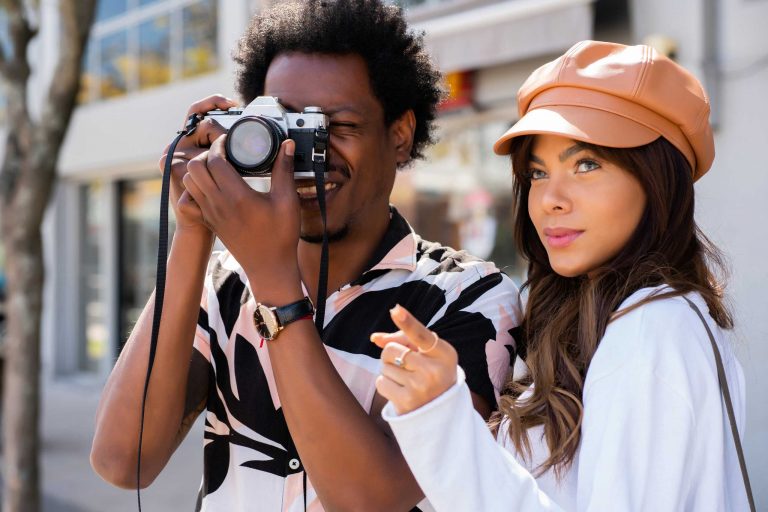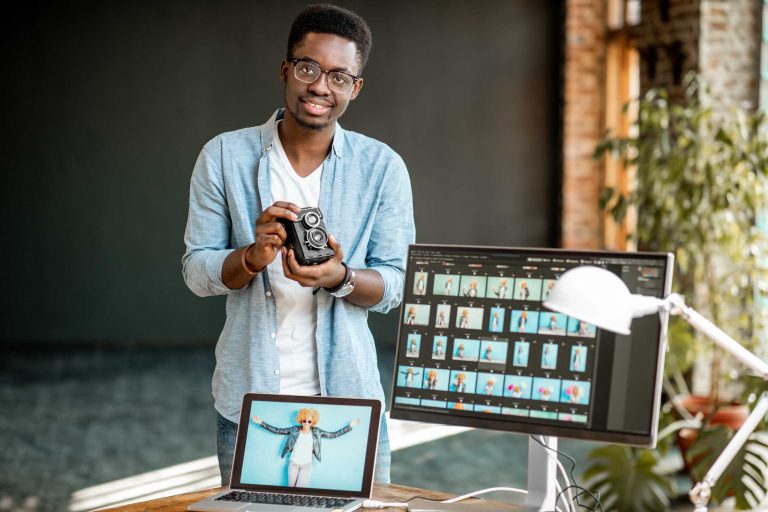Donec efficitur, ligula ut lacinia
viverra, lorem lacus.

The Art of Light in Film Photography
Introduction
Light has always been the silent storyteller of photography. In digital, you can fix exposure later, but with film, light becomes the very soul of the frame. It is not simply an element to be measured—it is something to be understood, felt, and embraced.
Why Light Matters in Film
Film photography teaches us patience and sensitivity. The way light falls, reflects, and interacts with the world around us defines the mood of your image. Unlike digital sensors, film responds to light in a softer, more organic way:
- Shadows carry depth and mystery rather than noise.
- Highlights bloom gently, adding warmth to the frame.
- Midtones become rich and painterly, often telling the truest story.
This is why learning how to “read” light is one of the most valuable skills for any analog photographer.
Natural Light vs. Artificial Light
Both natural and artificial light have their charm, but they demand different approaches.
Natural Light:
Sunrise and sunset give golden tones; midday sun adds contrast and sharp shadows. Overcast skies, often feared by beginners, provide soft, even lighting perfect for portraits.
Artificial Light:
Working with lamps, candles, or studio flashes on film requires a different discipline. Film stocks often render artificial light with unexpected color shifts—sometimes warm, sometimes greenish—which can turn a simple shot into an atmospheric piece of art.
Practical Tips for Harnessing Light
- Observe Before Shooting – Spend a few minutes watching how light changes in your scene. Don’t rush.
- Experiment with Angles – Move around your subject. Backlighting, sidelighting, and direct light all create unique effects.
- Know Your Film Stock – Some films love shadows (like Kodak Portra), while others highlight contrast (like Ilford HP5).
- Trust Imperfections – Film light leaks, unexpected flares, and grain can enhance mood instead of “ruining” a shot.
The Emotional Side of Light
More than technique, light creates emotion. A portrait lit by a single window feels intimate and vulnerable. A street scene at dusk glows with nostalgia. A candlelit still life whispers timeless stories. With film, every decision about light is final—and that permanence gives your work authenticity.
Conclusion
Learning light in film photography is not about controlling it perfectly—it’s about learning to dance with it. When you let light guide your composition, your photos gain a voice that feels organic, timeless, and profoundly human.



